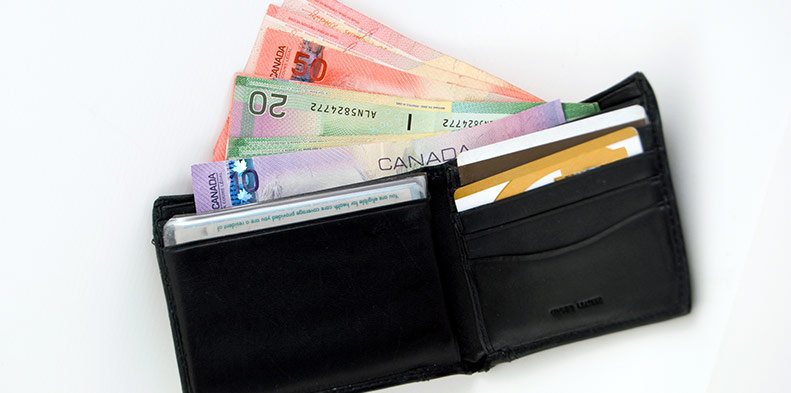Saved a lot working from home? How to manage spending as you inch back to the office

Source: The Canadian Press
Like many Canadians, Kevin Koudys managed to save a fair bit of money working from home during the pandemic.
Not having to make the commute from Hamilton, Ont. to Toronto alone saved him about $150 a week on gas and train fares, which, along with lower spending on meals and other expenses helped him save about $15,000 in total.
But as those who have worked remotely for two years begin to head back to the office some or all of the time, they're realizing those savings rates could evaporate quickly.
"You’re tempted to spend money," said Koudys. "You go for coffee with colleagues, you buy lunches."
Personal finance expert Jessica Moorhouse suspects many people will fall back into their old spending habits as they return to the office, but she hopes they will see what they were able to save throughout the pandemic and be more mindful as a result.
"There’s nothing wrong with buying coffee or lunch, but just remember what you’d be giving up if all of your money goes toward coffee and lunch," she said.
For marketing professional Katherine Wong Too Yen, being able to work from home full time throughout the pandemic allowed her to save upwards of 50 per cent of her income and buy a cottage as a first-time homebuyer. She had previously been aiming for a condo in Toronto.
She said not going into the office meant not having to spend so much on personal grooming.
"I was spending more money on clothes, shoes, tailors, makeup, and haircuts to maintain a professional image at work," she explained.
Moorhouse says that to ensure spending stays in check, it’s important to budget and track what you’re buying.
"Ultimately, you’ll be faced with either cutting back on some other expenses or (having to earn) more money to pay for the new expenses that have popped up," she said.
If you tracked your spending pre-pandemic, Moorhouse suggests looking at those numbers and comparing them to the present to see what the difference is, and then setting that as the benchmark for extra savings.
You aren't alone, however, if you did not track your spending pre-pandemic. In that case, Moorhouse suggests writing down a list of expenses that you expect to incur, estimating how much per month you'd spend on all of those expenses, and then, incorporating that amount into your budget or making it a savings goal.
Budgets will have to factor in multi-decade high inflation rates that have pushed up the cost of many items, including lunchtime staples – some much more than the 5.7 per cent rate that inflation hit in February.
Over the last two years, hamburgers have gone up 26 per cent from $8.61 to $10.86, salads are up 25 per cent from $10.11 to $12.63, soups rose 24 per cent from $6.13 to $7.60, sandwiches have increased 20 per cent from $8.38 to $10.03, and wraps are up 15 per cent from $8.90 to $10.26, according to recent data from payments platform Square. Just a few extra dollars a meal compared with a few years ago can easily add up to $50 dollars of additional spending for someone who buys lunch daily.
Moorhouse says that if people feel working from home is a big value for them from a financial standpoint, it might be worth it to ask for a raise or even seek employment elsewhere if full-time remote work is not a possibility.
Koudys now lives in the Niagara region and won't be going into the office as frequently, but expects to spend money on transportation again, and on coffees and lunches with colleagues as a way to reconnect when he does make the trek in.
"Putting money on my Presto card for the train will be a new line item in the budget that will help (my partner and I) track our surplus-deficit calculation," he said.
Wong Too Yen says that she’s seen the benefit of cutting back on certain items and doesn't plan on returning to her pre-pandemic spending levels.
"I've created new spending habits," she said.
This report by The Canadian Press was first published April 14, 2022.
This article was from The Canadian Press and was legally licensed through the Industry Dive Content Marketplace. Please direct all licensing questions to legal@industrydive.com.
![]()


